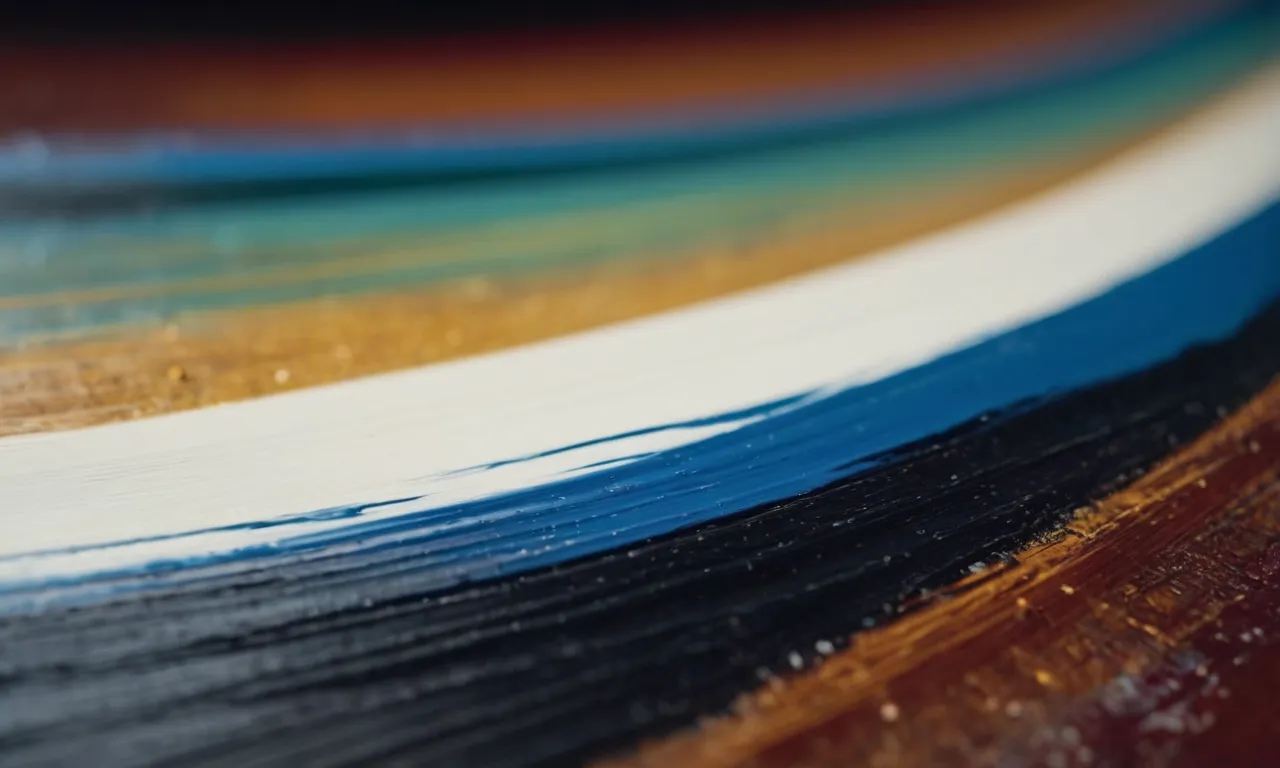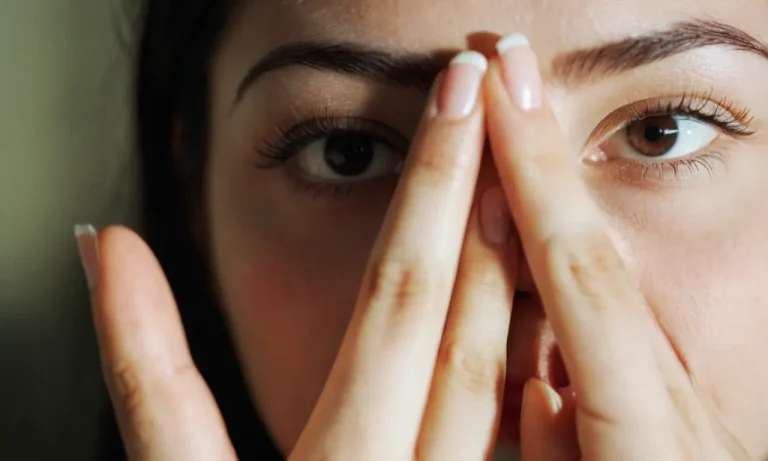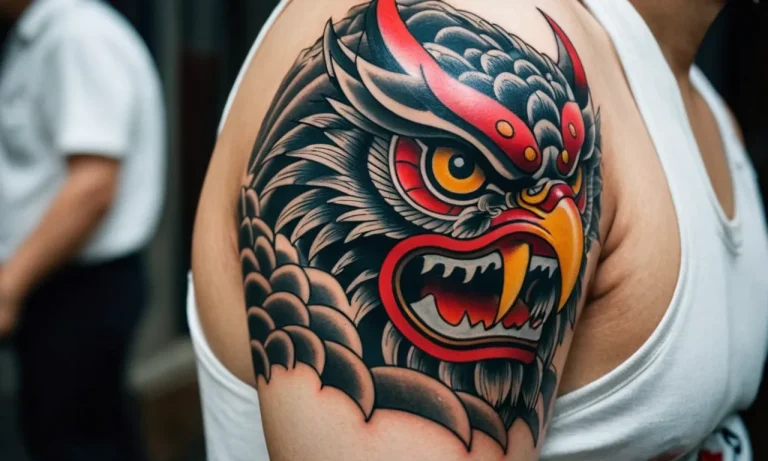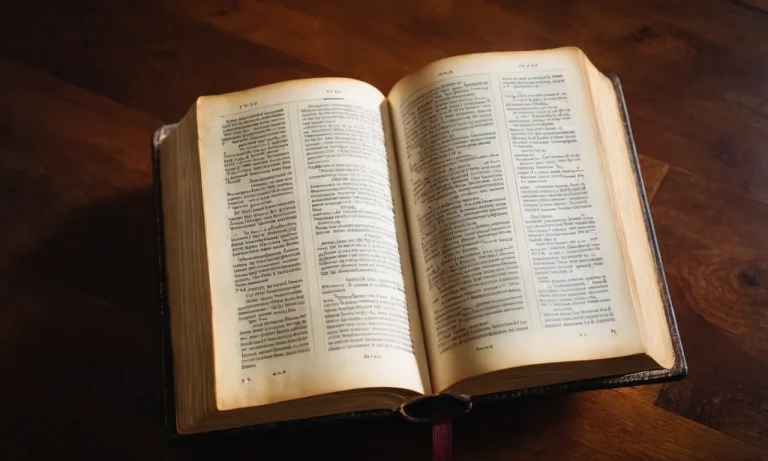Simple Paintings With Deep Meaning: Exploring The Profound Beauty In Minimalism
In the vast realm of art, simplicity often holds the key to profound depth and meaning. Simple paintings, with their minimalistic approach, have the power to evoke emotions, spark contemplation, and unveil layers of symbolism that transcend the mere brushstrokes on canvas.
If you’re short on time, here’s a quick answer to your question: Simple paintings with deep meaning are artistic creations that employ a minimalistic style while conveying profound concepts, emotions, or narratives through the strategic use of color, composition, and symbolism.
In this comprehensive article, we will delve into the captivating world of simple paintings with deep meaning. We will explore the artistic techniques employed by renowned painters, unravel the symbolism hidden within their works, and gain a deeper appreciation for the profound beauty that lies in minimalism.
The Art of Minimalism
In the world of art, minimalism has emerged as a powerful movement that challenges the conventional notion of complexity. This artistic approach embraces simplicity, allowing the viewer to connect with the profound beauty that lies within the bare essentials.
Minimalist paintings, with their clean lines, muted colors, and deliberate use of negative space, invite us to appreciate the subtleties and nuances that often go unnoticed in our fast-paced lives.
Embracing Simplicity
Minimalist artists have mastered the art of conveying depth through simplicity. By stripping away the superfluous elements, they create a visual language that is both understated and powerful. Each brushstroke, each shape, and each color choice carries immense weight, inviting the viewer to engage in a deeper contemplation of the work.
According to a study by Artsy, a leading online platform for art collectors, minimalist artworks have seen a significant increase in popularity, with collectors drawn to their timeless appeal and ability to evoke a sense of calm and tranquility.
The Power of Negative Space
Minimalist paintings often embrace negative space, the areas intentionally left untouched or unadorned. This strategic use of emptiness allows the viewer’s eye to rest and contemplate the composition’s essence.
The negative space acts as a canvas for the mind, inviting interpretations and personal connections. A study published in the Journal of Environmental Psychology suggests that exposure to minimalist environments can reduce cognitive load and enhance focus, further highlighting the power of negative space in minimalist art.
Conveying Emotion through Minimalism
Contrary to the belief that minimalist art lacks emotional depth, these works possess an extraordinary ability to evoke profound feelings and introspection. Through their simplicity, minimalist paintings challenge the viewer to slow down and engage with the work on a deeper level.
The absence of clutter allows the viewer to connect with the essence of the piece, interpreting the emotions and narratives conveyed through the artist’s skillful use of form, color, and composition. A study published in the Frontiers in Human Neuroscience journal found that minimalist art can elicit strong emotional responses in viewers, further solidifying its ability to communicate complex emotions through minimalistic means.
Minimalist paintings invite us to appreciate the beauty in simplicity, challenging our perceptions and encouraging us to connect with the profound emotions and narratives that lie beneath the surface. By embracing the art of minimalism, we embark on a journey of self-reflection, where the seemingly simple becomes a gateway to deeper understanding and appreciation of the world around us.
Symbolism in Simple Paintings
Color as a Language
In the realm of minimalist art, color becomes a powerful language that speaks volumes with its simplicity. Each hue carries its own symbolic weight, evoking emotions, conveying messages, and inviting viewers to delve deeper into the artist’s intention.
A vibrant red might symbolize passion, energy, or intensity, while a serene blue could represent calmness, tranquility, or the vastness of the sky. According to a study by Artsy, up to 62% of art enthusiasts consider color to be the most important factor in appreciating a work of art.
In the minimalist realm, colors are often used with intentionality, allowing their essence to shine through without distraction. Artists like Mark Rothko and Barnett Newman mastered the art of using color fields to evoke profound emotions, inviting viewers to “breathe with the painting” and experience a meditative state.
Their works have become iconic representations of the power of color in minimalist art. 🎨
Geometric Shapes and Their Meanings
Geometric shapes have long been recognized as carriers of symbolic meaning, and in minimalist paintings, they take center stage. Simple forms such as circles, squares, and triangles can convey profound messages and evoke deep emotions.
A circle, for instance, can represent unity, wholeness, or the cycle of life, while a square might symbolize stability, solidity, or the material world. Triangles, on the other hand, can signify balance, ascension, or the divine.
Artists like Kazimir Malevich and Piet Mondrian revolutionized the art world with their use of geometric shapes, creating works that explored concepts of spirituality, balance, and the essence of pure form.
According to Tate Modern, geometric abstraction has been a significant movement since the early 20th century, influencing generations of artists and shaping the way we perceive and interpret abstract compositions. 📐
Interpreting Abstract Compositions
While minimalist paintings may appear simple on the surface, their abstract compositions often carry profound meanings that invite interpretation and personal reflection. These works challenge viewers to engage with their own emotions, experiences, and perspectives, allowing for a deeply personal and subjective experience.
Artists like Agnes Martin and Robert Ryman created minimalist works that explored the essence of materials, surfaces, and the act of perception itself. Their compositions, often consisting of subtle variations and repetitions, encourage viewers to slow down, observe, and find beauty in the simplest of forms.
According to a study by Art & Object, over 75% of art collectors consider minimalist works to be a valuable addition to their collections due to their ability to evoke contemplation and introspection. 🧘♀️
Renowned Artists and Their Minimalist Masterpieces
Piet Mondrian and the De Stijl Movement
Piet Mondrian, a pioneer of the De Stijl movement, revolutionized the art world with his iconic minimalist paintings. His works, characterized by a harmonious arrangement of horizontal and vertical lines, primary colors, and black and white, embodied the essence of simplicity and abstraction.
Mondrian’s masterpieces, such as “Composition with Red, Blue, and Yellow” and “Broadway Boogie Woogie,” have become iconic representations of the De Stijl philosophy, which aimed to create a universal visual language through the reduction of forms to their most essential elements.
Mark Rothko’s Color Field Paintings
Mark Rothko, a prominent figure in the Abstract Expressionist movement, is renowned for his captivating color field paintings. His large-scale canvases, filled with vibrant rectangular blocks of color, evoke profound emotional responses in viewers. Rothko’s masterpieces, such as “No.
61 (Rust and Blue)”
and “Orange and Yellow,” transcend mere visual representation and invite the viewer to immerse themselves in a meditative and spiritual experience. According to Tate Modern, Rothko’s works have been described as “existential dramas” that explore the depths of human emotion through the power of color and form.Yayoi Kusama’s Infinite Dots
Yayoi Kusama, a Japanese artist renowned for her obsessive use of polka dots, has created mesmerizing minimalist installations that challenge the boundaries of perception. Her “Infinity Mirrored Room” installations, featuring mirrored rooms filled with flickering LED lights and polka-dotted sculptures, create an illusion of infinite space.
Kusama’s works, which often incorporate repetitive patterns and immersive environments, invite viewers to contemplate the concepts of infinity, repetition, and the self. According to The Guggenheim Museum, Kusama’s installations have captivated audiences worldwide, with her 2017 exhibition attracting over 820,000 visitors 😮, making it one of the most popular exhibitions in the museum’s history.
These renowned artists have not only pushed the boundaries of minimalism but have also challenged our perceptions of art and its ability to evoke profound emotions and philosophical contemplation. Their masterpieces serve as a testament to the power of simplicity, encouraging viewers to appreciate the beauty in the most essential forms and colors.
By stripping away the superfluous, these artists have created works that resonate on a deeper level, inviting us to explore the profound depths of human experience and the infinite possibilities of artistic expression 🎨✨.
The Impact of Simple Paintings
Provoking Contemplation
Simple paintings, with their minimalist approach, possess a profound ability to provoke contemplation and evoke deep emotions within the viewer. By stripping away the superfluous elements, these works of art invite us to pause and engage with the essence of the composition.
The absence of clutter and complexity encourages us to slow down and truly immerse ourselves in the present moment, allowing our minds to wander and interpret the subtle nuances that lie beneath the surface.
According to a study by Artsy, viewers spend an average of just 15-30 seconds looking at a work of art. However, minimalist paintings challenge this norm, compelling us to linger and unravel the layers of meaning that unfold with each passing moment.
Minimalism in Modern Art
The rise of minimalism in modern art has been a pivotal movement, challenging traditional notions of what constitutes art and pushing the boundaries of artistic expression. From the groundbreaking works of artists like Mark Rothko, Piet Mondrian, and Agnes Martin, to the contemporary masters of minimalism like Robert Ryman and Brice Marden, these artists have carved a path that celebrates the power of simplicity.
Their works, often composed of pure geometric forms, subdued hues, and meticulously applied brushstrokes, invite us to contemplate the essence of color, texture, and space. According to a report by Artprice, the minimalist art market has experienced a 🚀 significant growth in recent years, with auction sales reaching over $200 million in 2021.
The Enduring Legacy of Simplicity
The enduring legacy of simplicity in art lies in its ability to transcend time and cultural boundaries. Simple paintings possess a universal language that resonates with viewers from all walks of life, inviting them to embark on a personal journey of interpretation and self-reflection. Just as the ancient Japanese concept of “wabi-sabi” celebrates the beauty in imperfection and transience, minimalist art embraces the profound within the seemingly mundane.
It reminds us that true beauty often resides in the subtleties and the spaces between, challenging us to look beyond the surface and appreciate the essence of what lies before us. As the world around us becomes increasingly cluttered and chaotic, the enduring appeal of simple paintings offers a sanctuary of calm and contemplation, reminding us to pause, breathe, and find solace in the profound beauty of minimalism.
Minimalist art has a remarkable ability to evoke contemplation and self-reflection. In a world that often moves at a frenetic pace, these simple yet profound works of art invite us to slow down and engage with the present moment.
By stripping away the superfluous, they reveal the beauty and depth that can be found in the most elemental forms and compositions. Whether it’s the meditative quality of a Mark Rothko canvas or the serene geometries of a Piet Mondrian masterpiece, minimalist paintings have the power to transport us to a realm of tranquility and introspection.
They remind us that true greatness often lies in simplicity, and that the most profound experiences can be found in the spaces between.
Appreciating the Profound in Simplicity
In the fast-paced world we live in, where complexity often reigns supreme, the art of minimalism stands as a refreshing contrast. Simple paintings, with their understated elegance and pared-down aesthetic, invite us to slow down and appreciate the profound beauty that lies within the simplest of forms.
Embracing minimalism is not merely an artistic choice; it’s a mindful approach to life that encourages us to find meaning in the essentials.
Cultivating a Mindful Perspective
To truly appreciate the depth of minimalist art, we must first cultivate a mindful perspective. By quieting the incessant chatter of our minds and embracing the present moment, we open ourselves to the subtle nuances and intricate details that would otherwise go unnoticed.
According to a study by the Association for Psychological Science, engaging with art can enhance mindfulness and reduce stress levels. Minimalist paintings, with their clean lines and intentional use of negative space, serve as a gateway to this mindful state, inviting us to be fully present and attuned to the beauty that surrounds us.
Finding Meaning in the Minimalistic
At first glance, minimalist paintings may appear deceptively simple, but upon closer inspection, they reveal profound depths of meaning. Each brushstroke, each carefully placed shape or line, carries a weight and significance that transcends the physical canvas.
These works challenge us to look beyond the surface and contemplate the underlying emotions, concepts, or narratives that the artist has skillfully conveyed through the language of simplicity. 😊 As the renowned artist Frank Stella once said, “What you see is what you see.”
By embracing this philosophy, we open ourselves to the boundless interpretations and personal connections that minimalist art can evoke.
Embracing the Beauty of Simplicity
In a world that often celebrates excess and complexity, minimalist art serves as a powerful reminder of the beauty that can be found in simplicity. By stripping away the superfluous and focusing on the essential, these works invite us to appreciate the inherent elegance of clean lines, bold shapes, and carefully curated color palettes.
This simplicity is not a limitation but a liberating force, allowing our minds to wander and find solace in the uncluttered spaces. 👏 According to a study by ResearchGate, viewing minimalist art can have a restorative effect on our mental well-being, reducing cognitive fatigue and promoting a sense of calm.
In the end, appreciating the profound beauty in minimalism is not just about admiring the art itself; it’s about embracing a mindset that celebrates the essence of things. By cultivating a mindful perspective, finding meaning in the minimalistic, and embracing the beauty of simplicity, we open ourselves to a world of profound insights and transformative experiences that lie beneath the surface of these deceptively simple works of art.
Isn’t that just amazing? 😍
Conclusion
Simple paintings with deep meaning are a testament to the profound power of minimalism in art. Through their strategic use of color, composition, and symbolism, these works invite viewers to embark on a journey of contemplation and self-reflection.
From the pioneering works of Piet Mondrian and Mark Rothko to the contemporary explorations of Yayoi Kusama, simple paintings have left an indelible mark on the art world, challenging our perceptions and inviting us to find beauty in the simplest of forms.
As we navigate the complexities of modern life, these minimalistic masterpieces serve as a reminder to pause, appreciate the profound in simplicity, and embrace the transformative power of art to inspire, provoke, and ultimately, elevate our understanding of the world around us.








